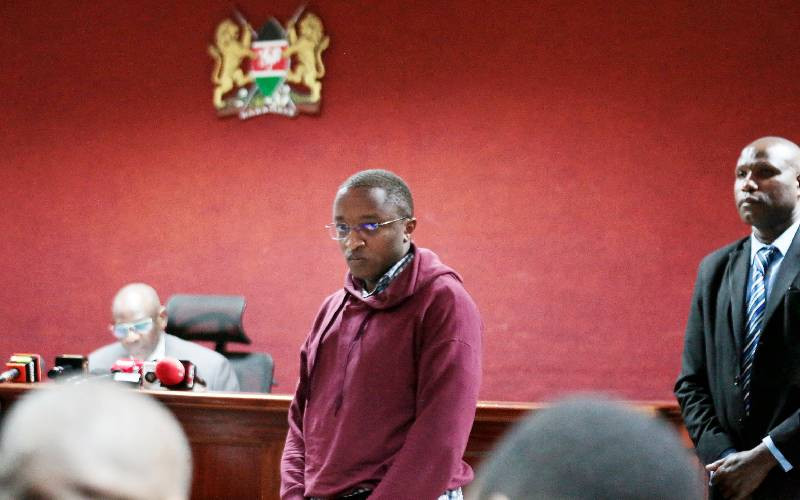
Ndiang’ui Kinyagia, a 35-year-old IT expert, knew he was being watched. On Saturday, 21 June, he left behind his gadgets — including phones and laptops — at his Kinoo home and vanished.
His reappearance may have ended his family’s anguish, but it raised uncomfortable questions about how the Directorate of Criminal Investigations (DCI) surveils citizens.
According to family lawyer Wahome Thuku, Ndiang’ui claimed he went into hiding after discovering he was a person of interest. But it is how he dodged the DCI’s sophisticated tracking systems — by simply going off-grid — that reveals a disturbing reality: Kenyans may be under far more surveillance than they realise.
A data specialist familiar with these operations, who requested anonymity, said that surveillance typically begins the moment someone becomes a suspect.
“It often starts with a tip-off, or a flag triggered by a crime or suspicious online activity. Police are supposed to record a complaint at a police station and open an Occurrence Book (OB) before beginning surveillance,” he said.
According to the specialist, investigators often request Call Data Records (CDRs) from mobile service providers — ideally with a court order.
CDRs contain much more than call logs. They include the MSISDN (your phone number), ICCID (SIM card serial number), IMEI (device serial), call and text timestamps, BTS (base transceiver station) locations — the mobile towers your device connects to — and a list of frequently contacted numbers.
“Using BTS data, investigators can triangulate your movements. Every time you make a call or send an SMS, your signal pings the nearest tower. If your phone is on, you’re traceable,” he explained. The SIM card (Subscriber Identity Module) is central to surveillance. It stores your IMSI, a unique identifier that connects you to the mobile network.
“That IMSI, paired with your device’s IMEI, creates a digital footprint of your every move — calls, messages, data usage, and location. It’s as if you’re walking around with a tracker,” said the expert.
To avoid detection, Ndiang’ui ditched all his gadgets and disappeared. For the entire duration, the DCI could not trace him.
“Mine is to confirm that Ndiang’ui is not in the custody of the National Police Service. He is a person of interest to us, and wherever he is, I urge that he submit himself at the nearest police station,” said DCI Director Mohammed Amin.
There’s a popular belief that kabambe (basic feature) phones are less traceable — but that, too, is misleading.
“Even kabambe phones connect to mobile networks. They might lack apps or GPS, but they still generate tower data. If you’re using a registered SIM card, you’re traceable. Even the IMEI of the handset can be tracked,” the expert said.
According to George Musamali, a former General Service Unit instructor, tracking — though intended to fight crime — has increasingly put innocent citizens at risk.
Stay informed. Subscribe to our newsletter
“The intention was good: to catch criminals in real time. But we’ve witnessed serious abuse of these tools. There must be a valid court order before anyone is tracked,” said Musamali.